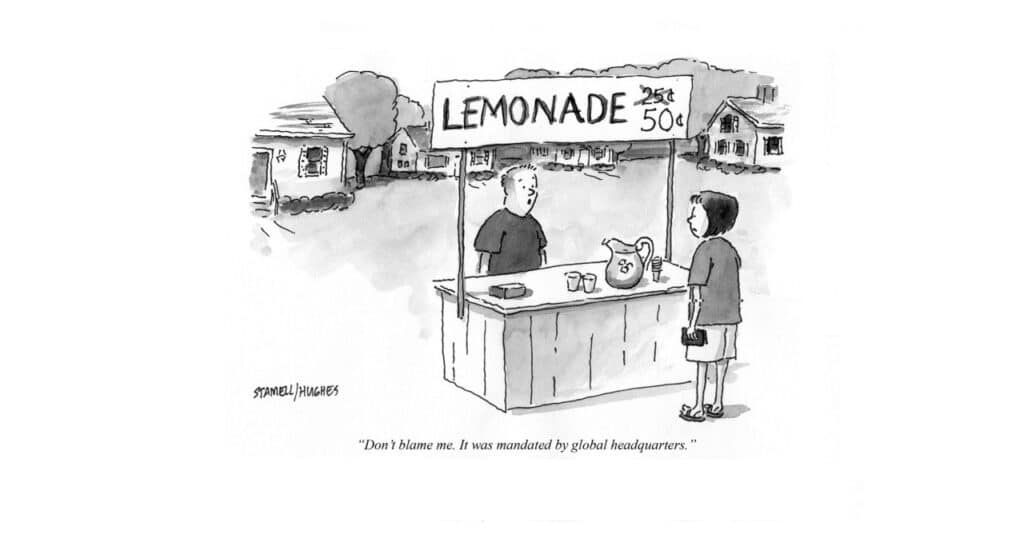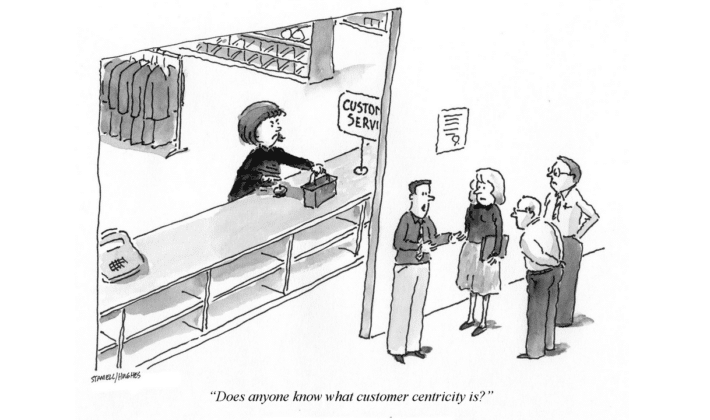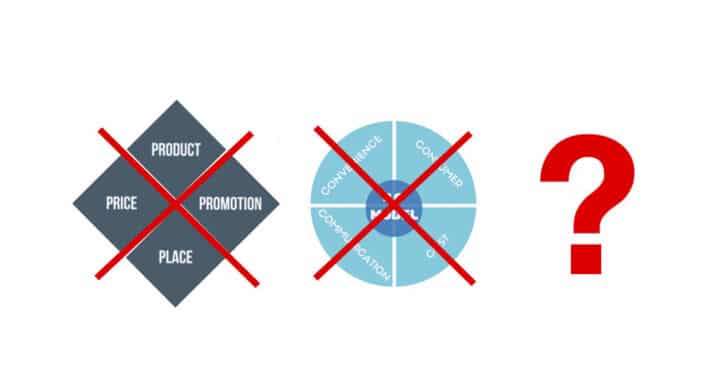Why “Think Global, Act Local” is more relevant than ever

“Think global, act local” was first used as an environmental catch-phrase more than 100 years ago by a town planner in Scotland. Yet, it wasn’t adopted for business until Coca-Cola made it their strategy in 2000. It soon became the standard for large global brands and changed the way they thought about operational control, messaging and standardization.
As the Millennial generation came of age, brand affinity and identification became a global phenomenon. Years ago when walking through malls in far-off countries like Paraguay, South Africa and Vietnam, expecting to see local differences, it hit me how the world was beginning to look the same. That uniformity in operations, store design, staff training and product inventory spurred enormous and rapid growth for many companies. But, it got to the point where distinction and differentiation became harder to find and at the same time, a generation has grown up that places a premium on uniqueness and authenticity.
Now, we have the impact of a global pandemic and the landscape has changed. When people were going into offices a lot of ideas were exchanged in coffee lounges, across desks or in other informal exchanges. In a Zoom world, there’s no meeting in the coffee lounge or ideas tossed around while walking down the hall. Sure, there’s time for some small talk when coming online but meetings have a purpose and when that gets accomplished, they end and a lot of creativity can be lost.
The response from some companies and organizations has been counter-intuitive. Rather than seek ways to replace the water cooler talk, they tighten up their vertical control over all communications and have moved more to a “think global, act global” strategy and mode of operations. That’s a mistake.
There is no such thing as a general consumer with global opinions and views.
Companies can be so focused on operational efficiency that they often ignore the views of their customers in local markets. The rationale is that we’re all in a global digital village so why not use the same messaging for all? But what resonates in one market may not apply to another. There is no such thing as a general consumer with global opinions and views. We all have our own beliefs, perceptions and opinions and should be communicated with accordingly. Consumers only listen to what’s relevant to them. The rest becomes background noise.
The up and coming generations of Millennials and Gen Z consumers want accountability and authenticity. How does accountability translate to global? It doesn’t because global is not authentic (Facebook anyone?). Promises are delivered locally, not globally and proximity matters because it can be held accountable. Companies that are globalizing their digital communications are losing sight of a key requirement to reach today’s consumers. The question for managers to ask is “what are they hearing?”, not “who are we talking to?”.
In the end, if you’re not speaking to him or her, you’re not speaking to anyone.
Digital has actually changed the capability to be more local even down to the individual. Opinions and beliefs can be appended to databases and groups of shared perceptions can be segmented for specific messaging. Local and even individual insights are key to a brand’s success. In the end, if you’re not speaking to him or her, you’re not speaking to anyone.
Brand marketing and political campaigns have a lot in common in that they’re both adapting their messages to the needs of the individual. Back in 1982, Speaker of the House Tip O’Neill coined the phrase, “All politics is local.” So is marketing and that’s more important today than ever.
Jon Stamell is CEO of Oomiji, a platform that incorporates a combination of language and data sources to build tailored relationships between brands and customers.



